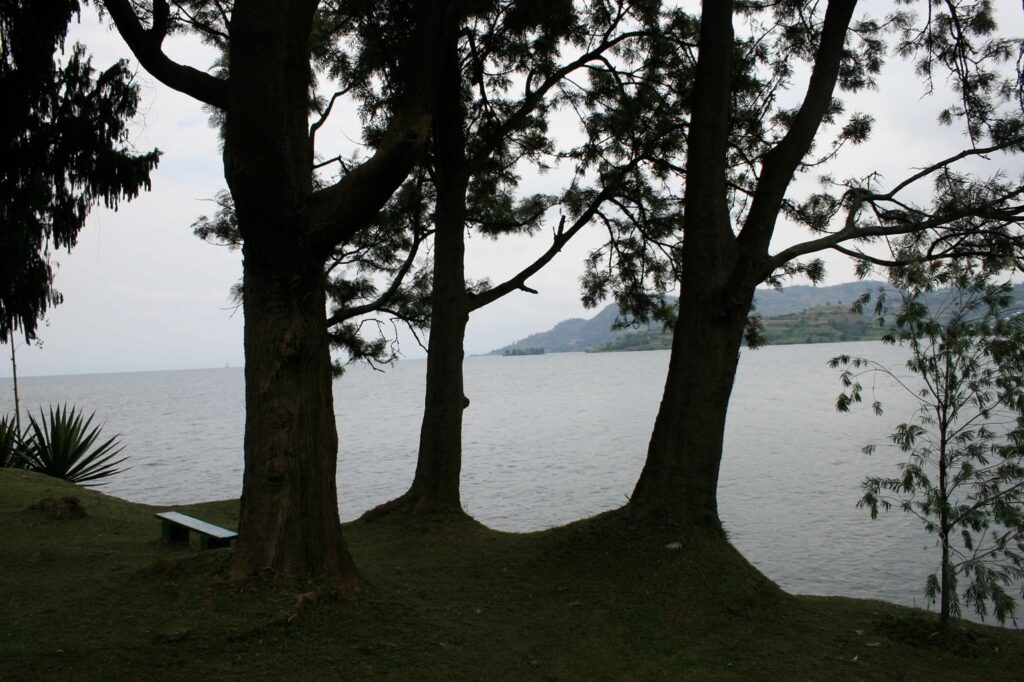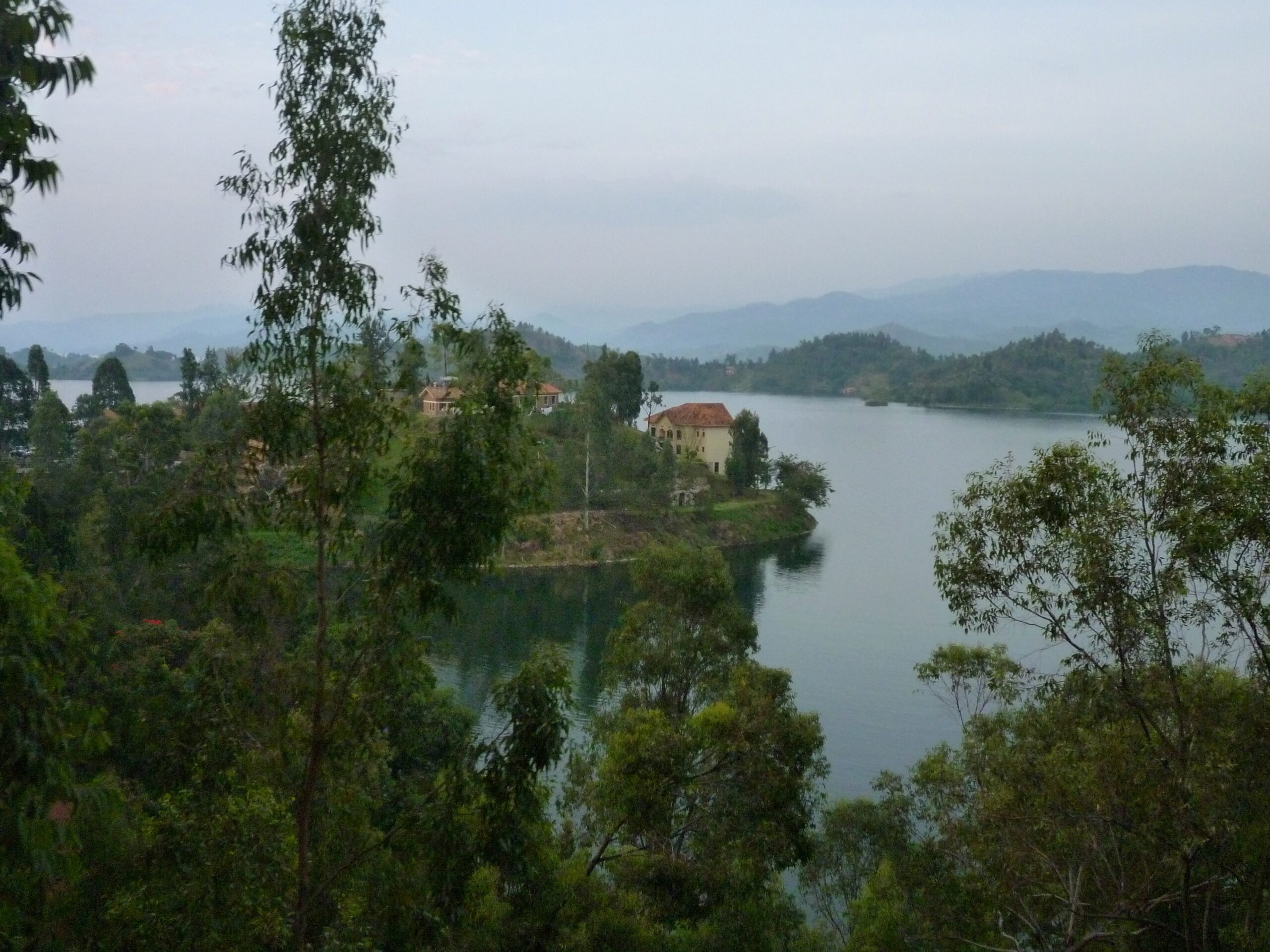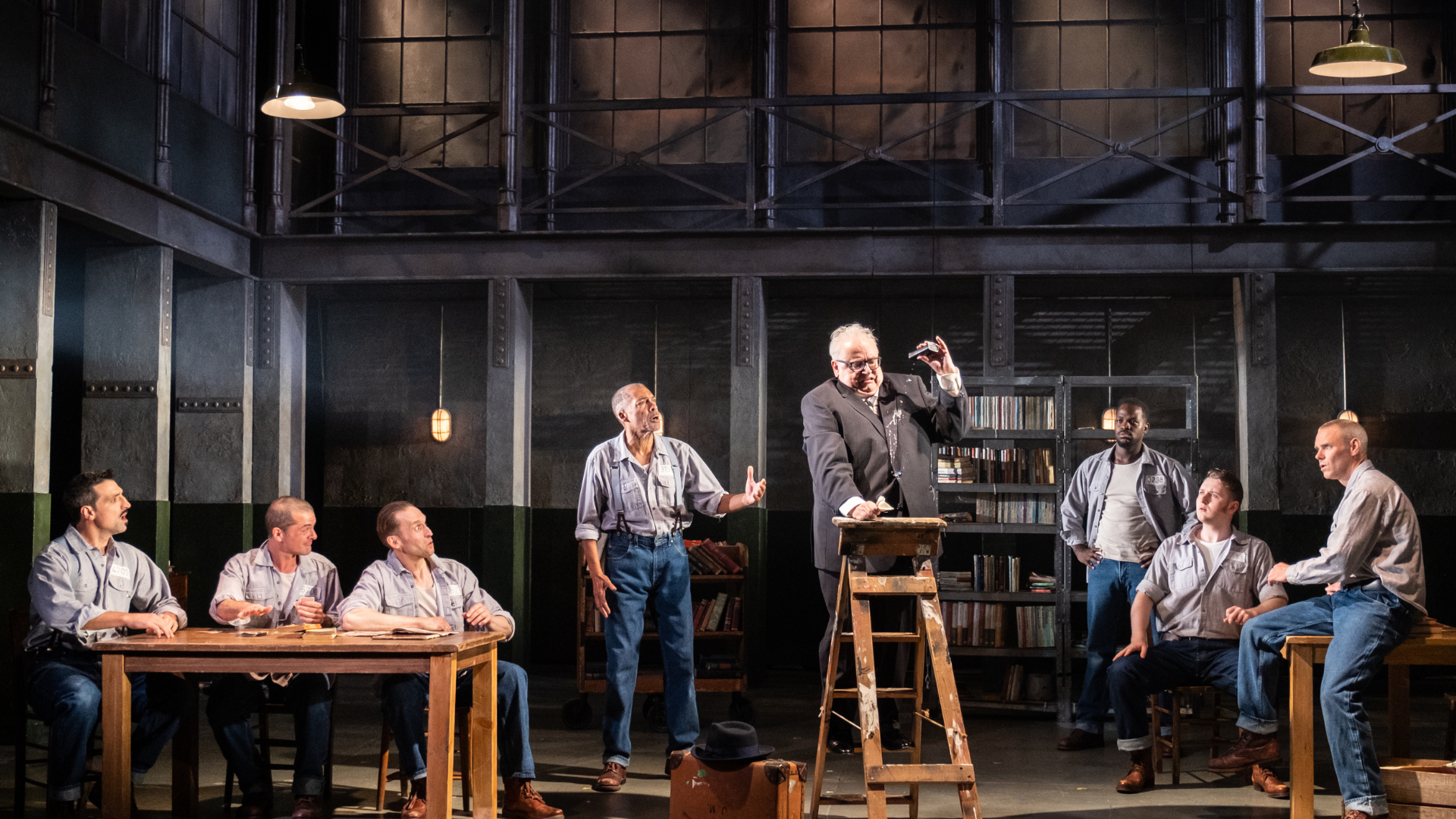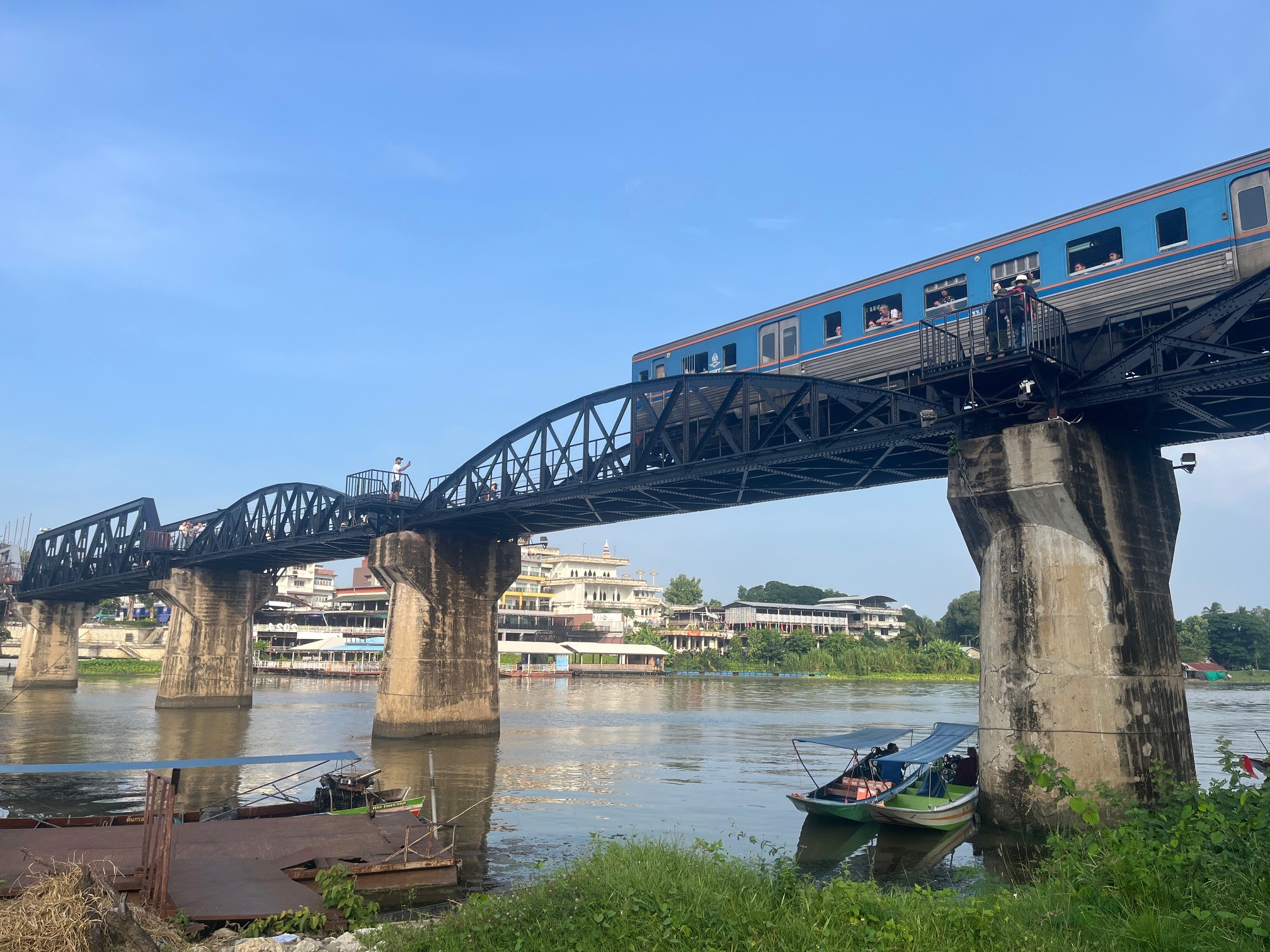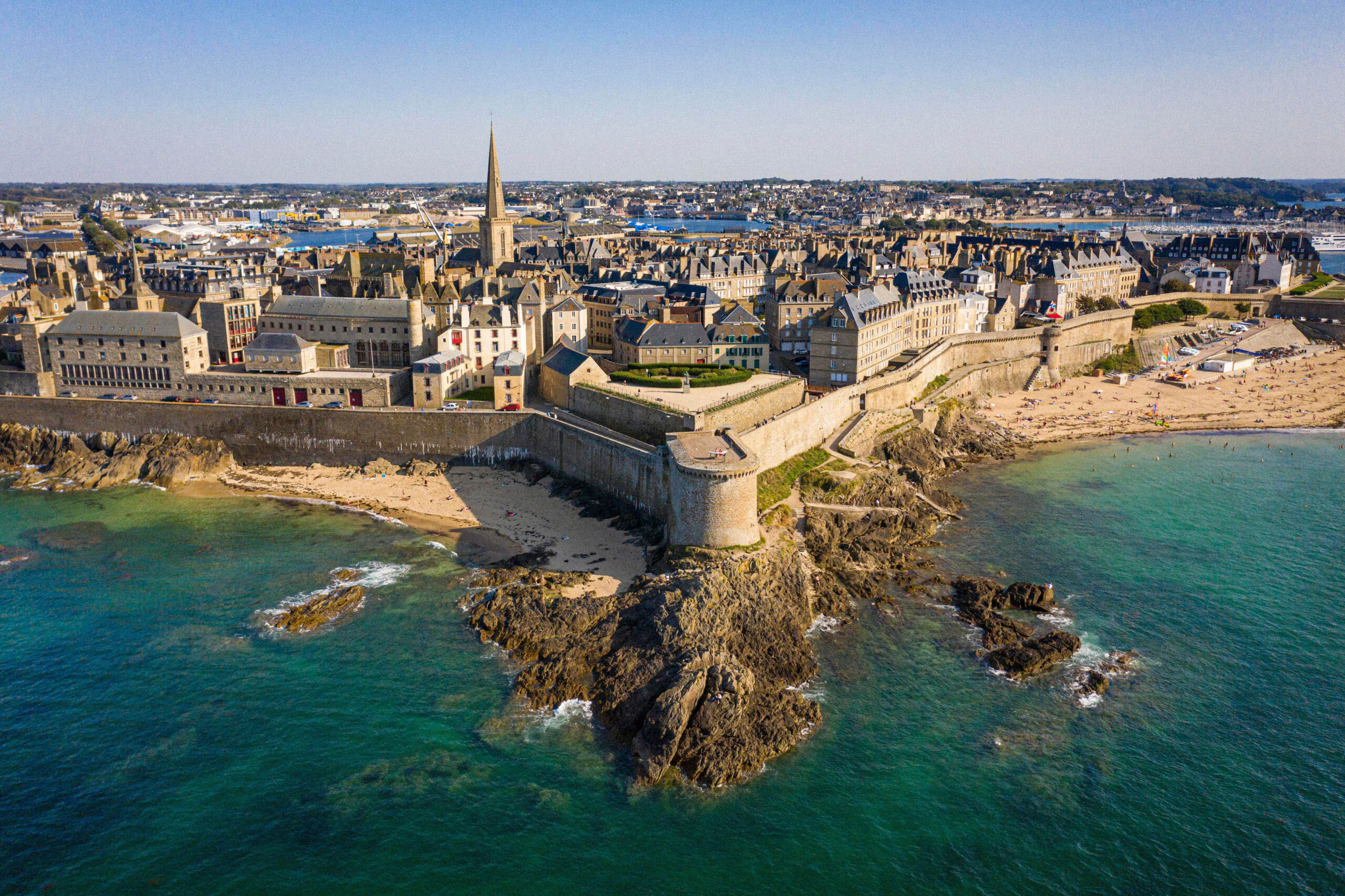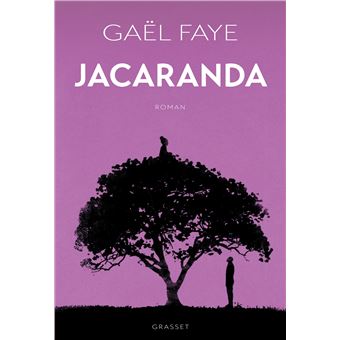I just missed Gaël Faye’s visit to “La Page d’Après”, the bookshop my sister-in-law Floriane opened in Louvain-la-Neuve just over a year ago. Interest was so great that they had to turn people away, even after finding a larger room to accommodate the Franco-Rwandan writer who was presenting his latest novel “Jacaranda”. I had really enjoyed reading the previous one, “Small Country (Petit Pays)”, which is set more in Burundi, a country which I have never visited. His first novel has had two adaptations, one for the cinema and the other as a comic strip, both of which I thoroughly enjoyed this summer.
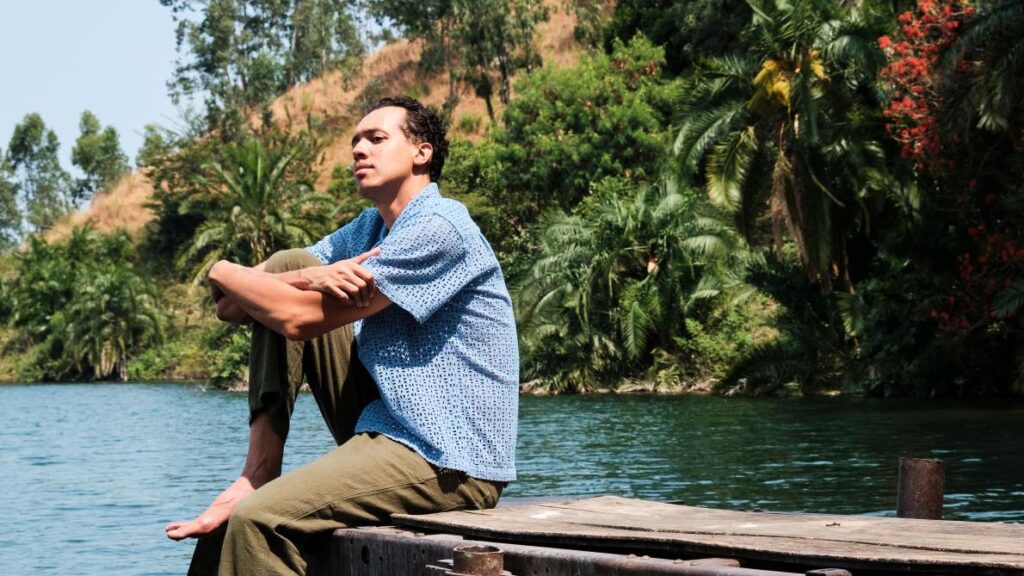
The afternoon with Gaël Faye was, I’m told, a success. Unable to buy “Jacaranda” and have it signed by the author at the bookshop, I turned to the audiobook version, read by the writer himself, which I have just finished. I was very moved by this book, very well written and constructed. The novel, not yet translated in English, tells the story of Milan, a boy with a French father and a Rwandan mother who lives in Versailles. He is twelve years old when, in 1994, their family welcomes Claude, a child survivor of the genocide who still bears the marks of a machete blow to the skull. Milan was delighted to welcome a little brother into their home but was unable to extract any details from his mother Venancia about her life in Rwanda before arriving in France, or about her family back home.
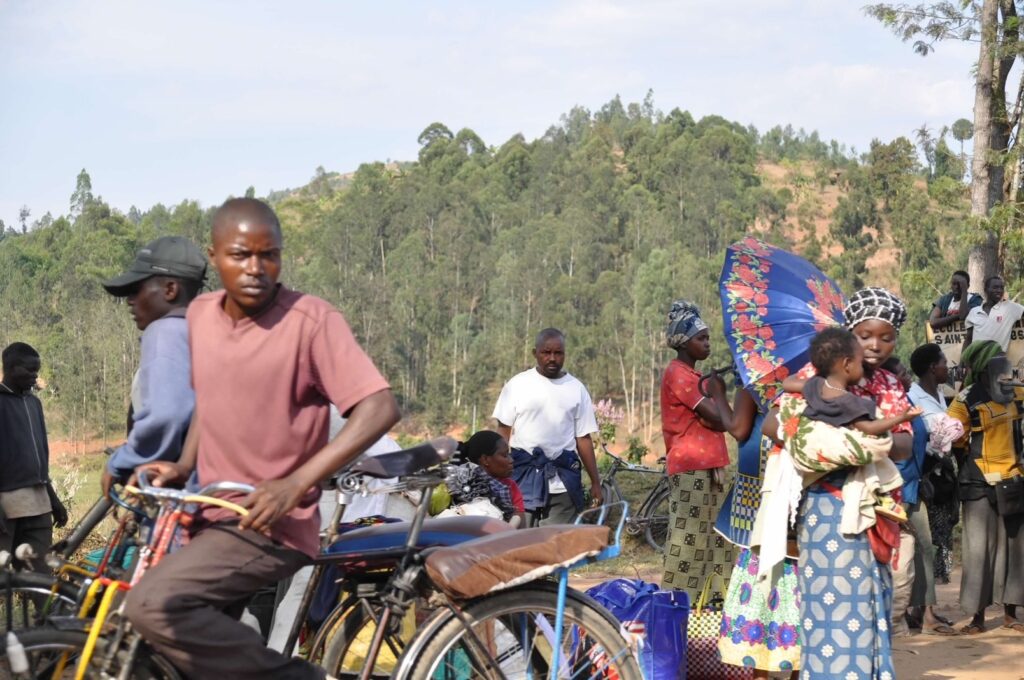
In 1998, Milan arrived in Kigali for the first time, accompanying his mother. He met up with Claude, who had grown up considerably and who was in fact his uncle, his mother’s younger brother. He meets his maternal family, his grandmother, but also Eusébie, a friend of his mother’s, who has just given birth to Stella, a one-month-old baby, who smiles for the first time when Milan takes her in his arms. Over the course of his many visits to Rwanda, until 2020, the bond between Milan and Stella is one of the novel’s main threads. Stella, who climbs to the top of the purple jacaranda tree in the house’s courtyard to escape, when Eusébie thinks she’s run away. Stella, who records and transcribes her century-old great-grandmother’s story onto cassette tapes, enabling her to paint a five-generation picture of Rwanda’s history. Then there’s also Stella, born four years after 1994, who is haunted at night by dreams of massacres.
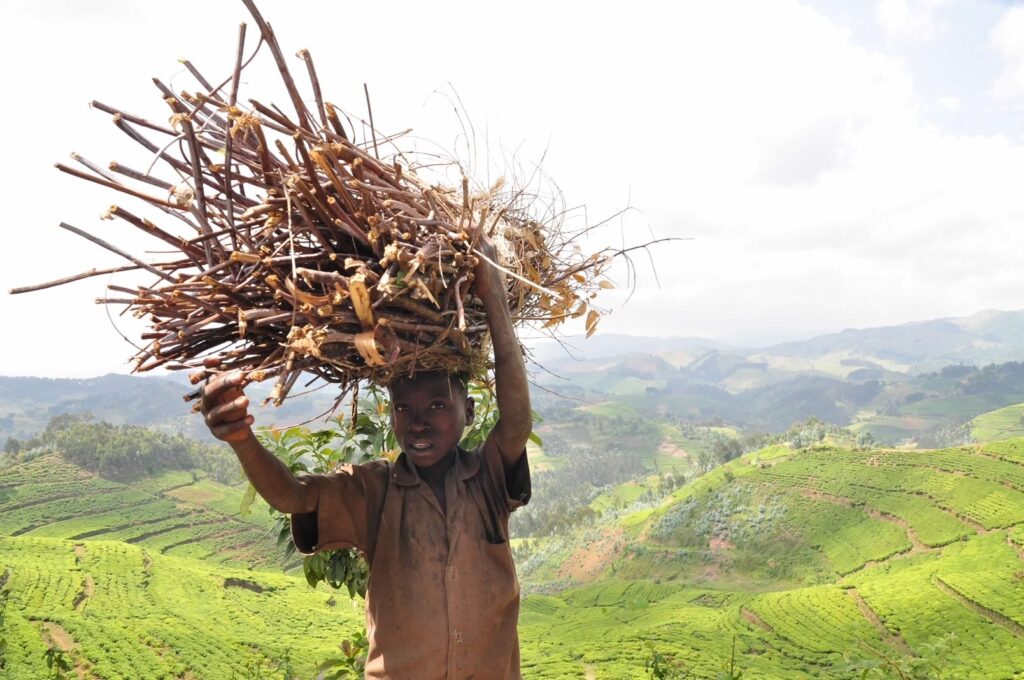
Although “Jacaranda” describes several episodes of the 1994 genocide, it is more the story of the survivors, their lives in a rapidly changing country, their testimonies, and their silences – such as the one Venancia imposes on her son.
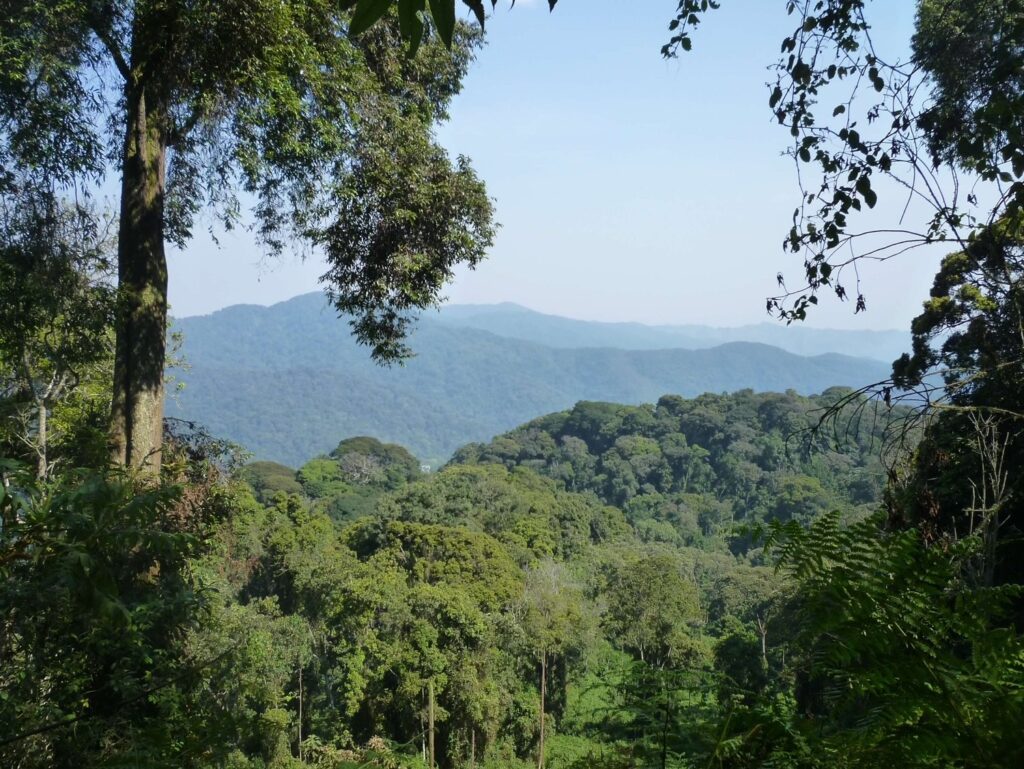
In a previous article, I gave an overview of books and films about the country, and in part about the Genocide, without mentioning my own Rwandan memories. Listening to Gaël Faye’s beautiful novel reminded me of my own links with Rwanda and its past. I remembered that early morning in April 1994 when I left Liège with my cousin Kabibi to take her to Brussels military airport. There, after several days of fear and uncertainty, she was reunited with her parents Michel and Fanny and her brother Dudu, who had been evacuated by the Belgian army after having to hide in the fields to escape the massacres.
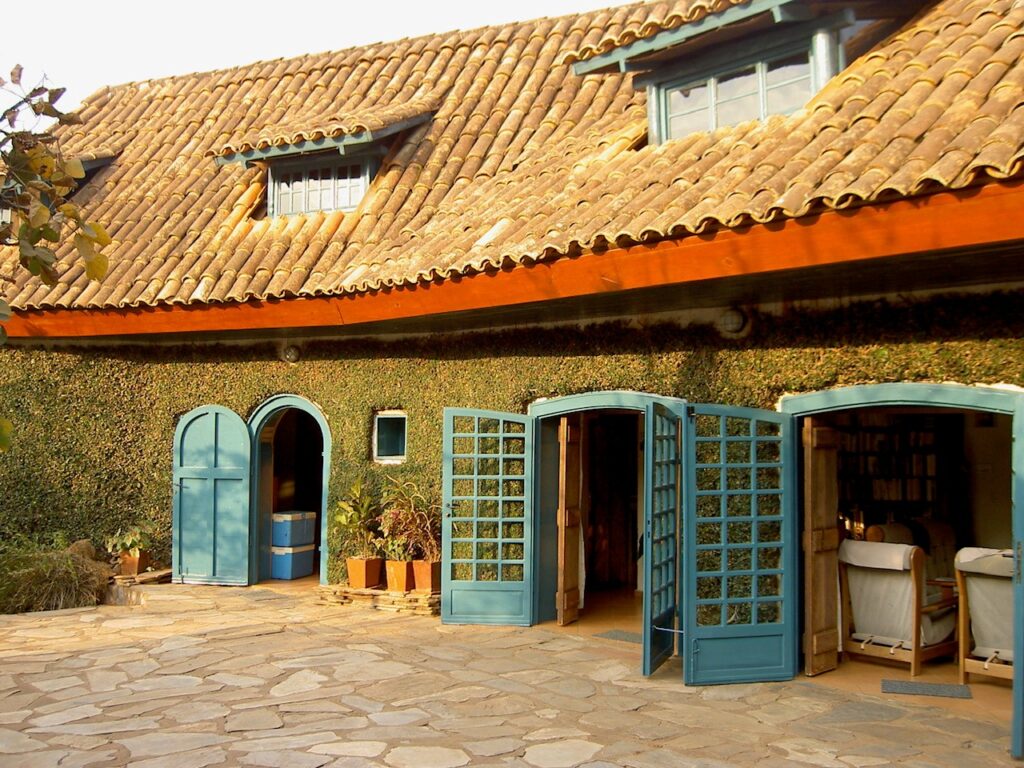
On my first visit to Rwanda in 1997, I met Fanny’s mother, one of the only survivors of her family. My aunt and uncle also took me to see the Murambi Memorial, the technical school where some 45,000 Tutsis took refuge before being systematically killed. We followed a guide who opened several classrooms where hundreds of skulls and mummified bodies, covered in lime, were lined up. I left speechless.
